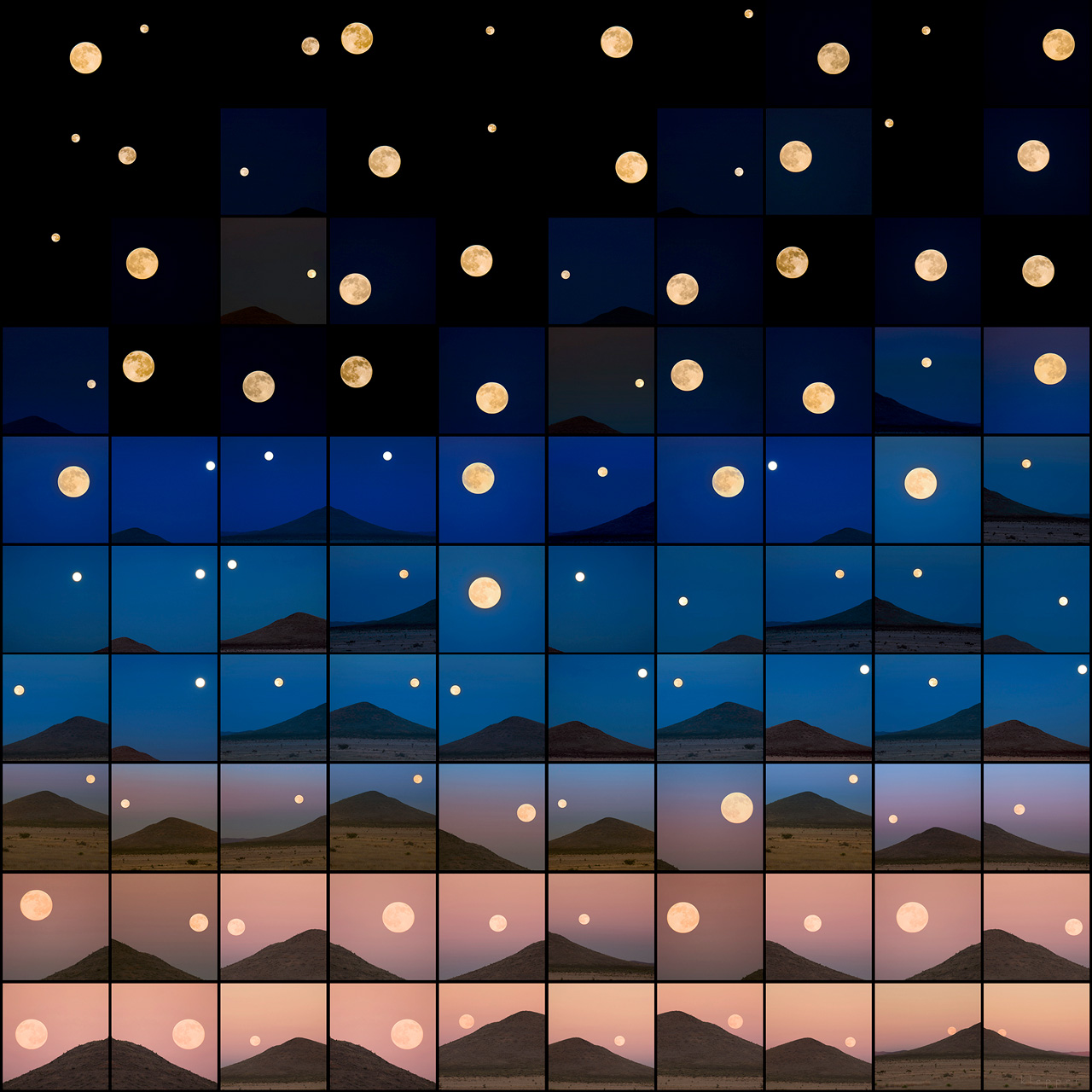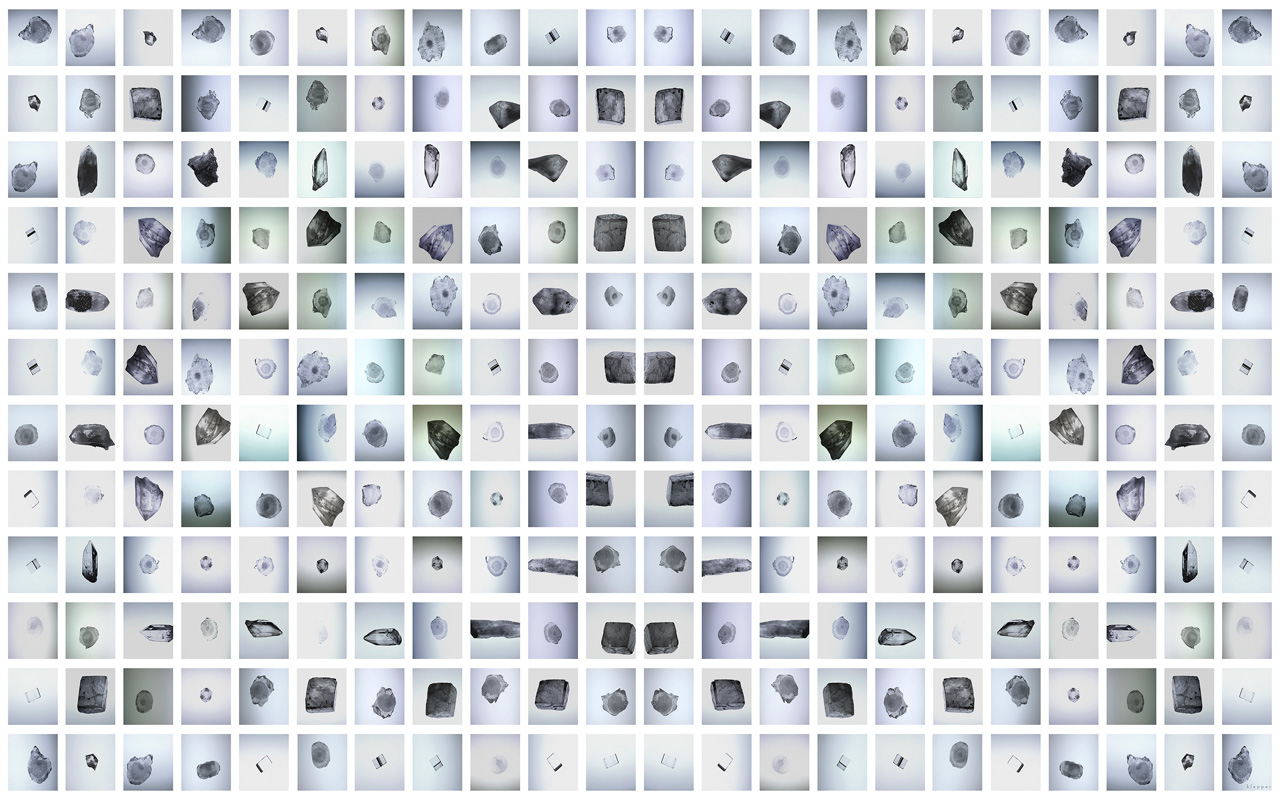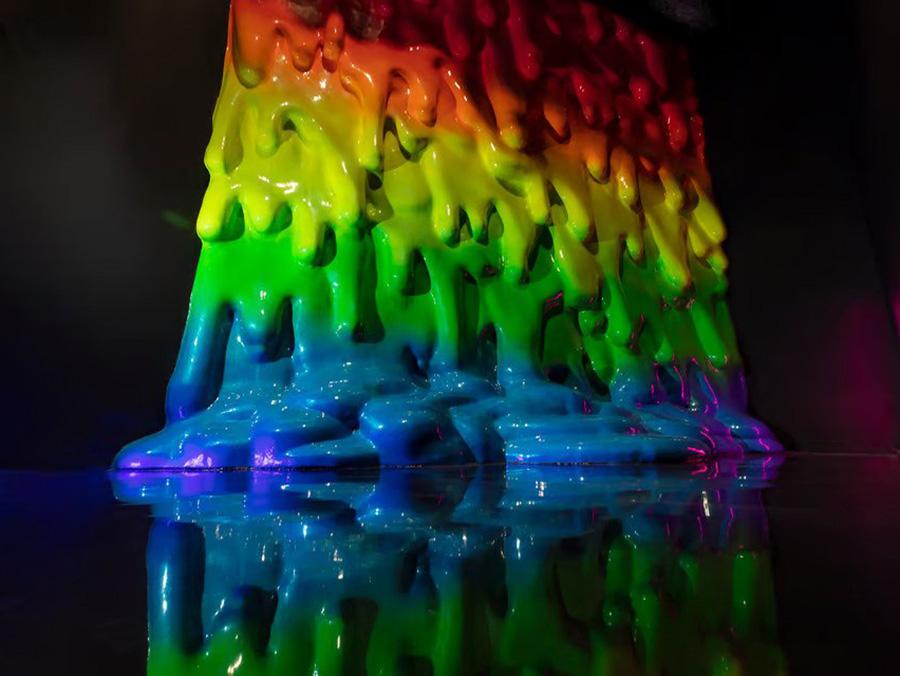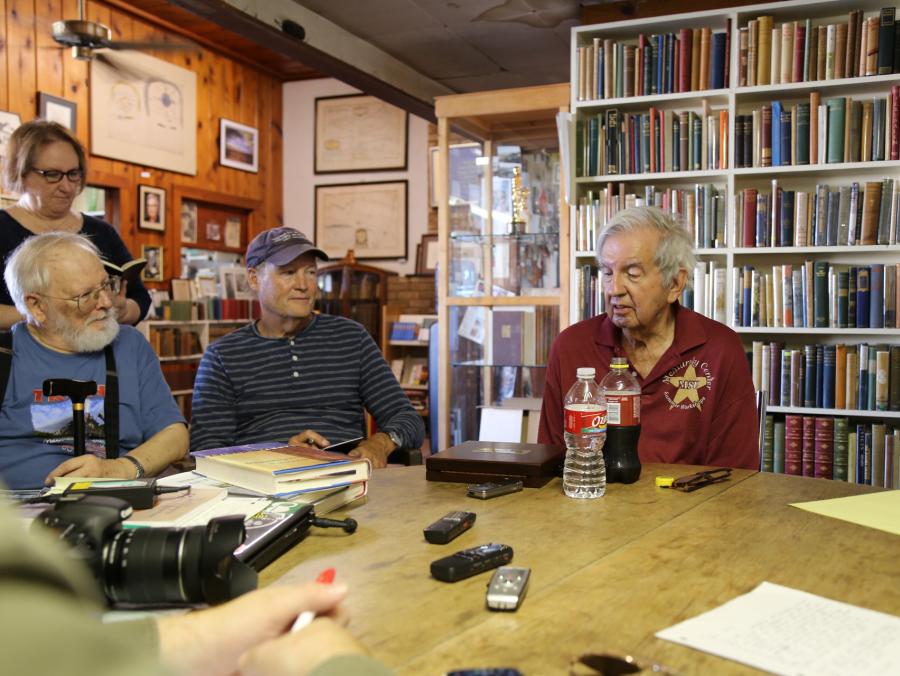E. Dan Klepper ('77) sees the moon in many different ways.
Take his work, One Hundred Moons.
He shot 100 to 300 photographs of the moon in the course of a few hours.
While the moon is rising, the sun is setting -- allowing him to capture that ambient light and the photos show the color temperature. Every panel is a separate photograph, but it's a photograph that's taken in sequence.
"It's all one night, it's all one moonrise," he says. "It becomes something completely different. It becomes a design, like a graphic."
Klepper combines the beauty of nature with the manipulation of digital photography. His work has recently been featured in Texas Highways and has been exhibited throughout the country and Europe. His career took root with a few pivotal moments during his time at North Texas -- both of which allow him to observe his love for nature and refine it with technology.
"It satisfies the two halves of my creative brain process," he says.
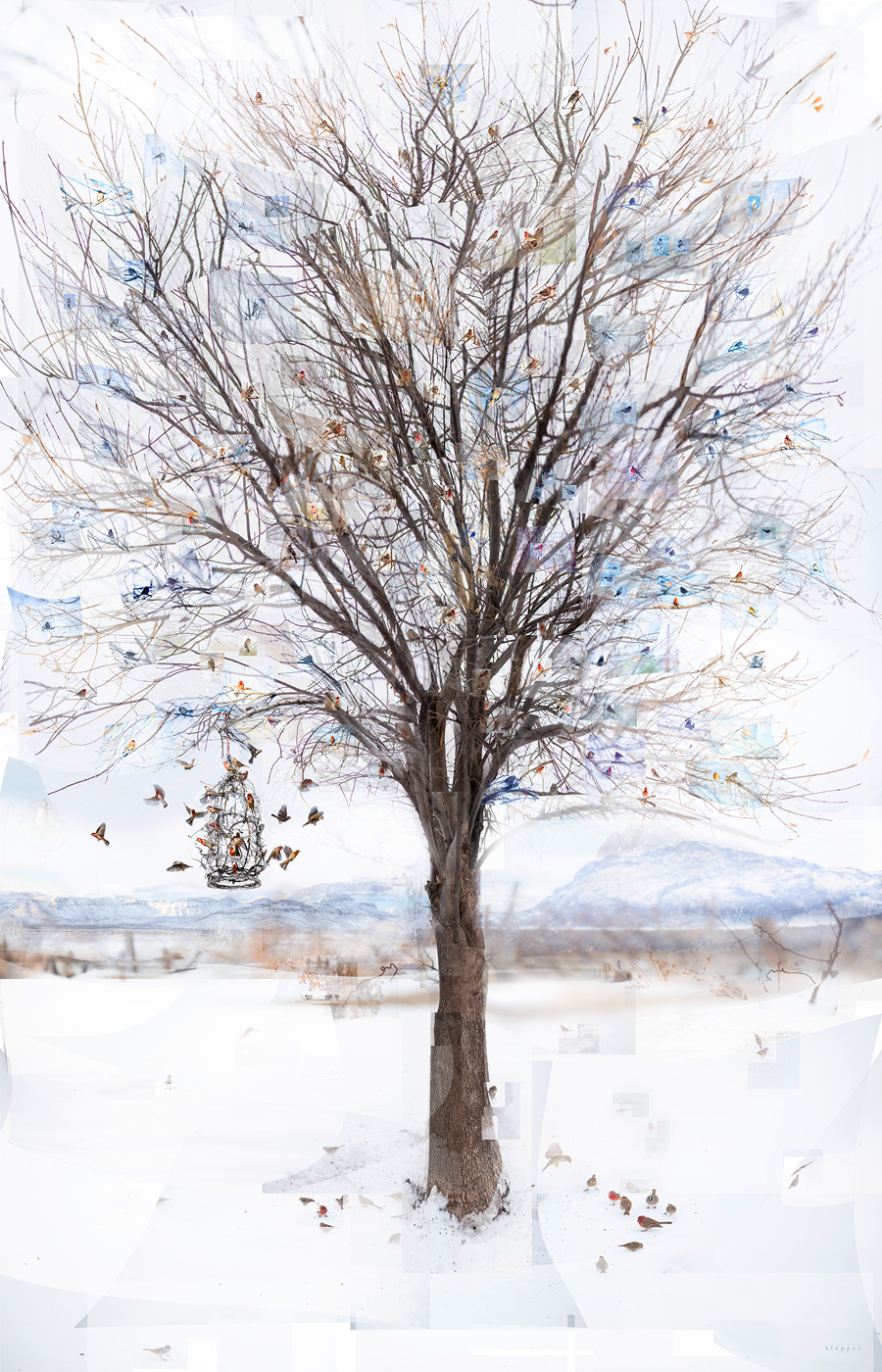
Klepper always carried a camera around when he was a kid in San Antonio, often shooting on a used Minolta he received as a birthday present when he turned 14.
He went to North Texas for what was then its art department, considered one of the best in the state. He also had personal connections to Denton and North Texas. His great-grandparents ran a general store and boarding house in town in the late 1800s. And his parents were alumni -- Dan Klepper ('55) became a noted outdoors journalist and Nancy Klepper ('53) became a biologist.
While at North Texas, Klepper studied studio art and worked at HMS Art and Frame Shop. He hadn't considered photography as a career. Then a friend mentioned that the anthropology department had received a grant from the U.S. Army Corps of Engineers and they needed someone to photograph the land that would eventually be flooded by the building of Lake Ray Roberts (which wouldn't be completed until 1987). He took the job.
He and an archeologist traveled around Aubrey, Pilot Point and Sanger, where he captured the plains and rolling hills.
"What was most interesting to me, in retrospect, is the land was a metaphor for when you're really living in the moment and nothing will change. But everything changes. When I photographed the landscape, it literally was going to disappear. It wasn't just going to be a memory."
Klepper also discovered something else at UNT that would change his art.
In his last years as a student, the art department brought in guest professor David Dowe, a California-based experimental artist who created an image synthesizer. The device could manipulate a video image, just as a sculptor plays with material. Intrigued, Klepper began making his own videos.
"It just was a completely mind-blowing experience," he says. "Not only could I take photography into this narrative, it involved time and transition and evolution."
After graduation, he traveled north and visited the Art Institute of Chicago, center of a thriving experimental video art community.
"Hey, this is where I belong," Klepper thought. "I packed everything up and moved to Chicago."
After earning his master's degree in fine arts from the School of the Art Institute of Chicago, Klepper worked in photography as both an editorial and art form.
An active birder, hiker and cyclist, he frequently wrote and photographed articles for outdoors magazines. But he was able to make his artwork into a career -- combining his interests in nature and technology.
He now lives in Marathon, where he captures the Big Bend area and runs the Klepper Gallery. With his camera, he makes dust storms, tumbleweeds and watersnakes look more beautiful than they seem in real life. Birdcage shows a group of finches gathered in a tree -- but look closely to see it's a composite of many images. Another piece called Hailstones features a variety of hailstones and crystals from Marathon composed in a beautiful mosaic.
This winter, an exhibition of his work, titled Supernatural Attraction, was featured in Houston, where his art is represented by Foltz Fine Art. A version of One Hundred Moons, which was used an album cover by the Austin band Explosions in the Sky in 2021, was the main attraction. Titled Two Hundred Moons, it measured 8 by 15 feet.
Klepper had high expectations of what it would look like in the gallery.
"It was better than I had hoped for," he says. "In fact, it was pretty supernatural."



